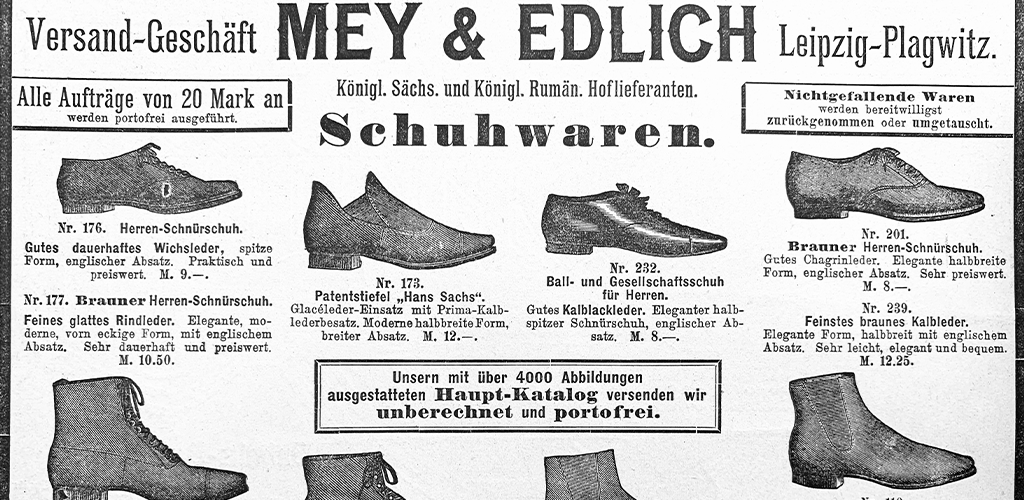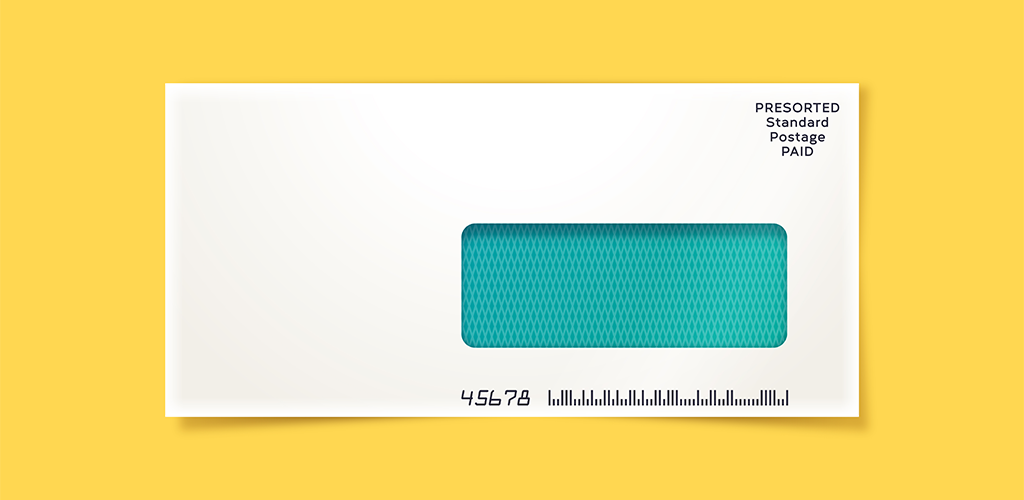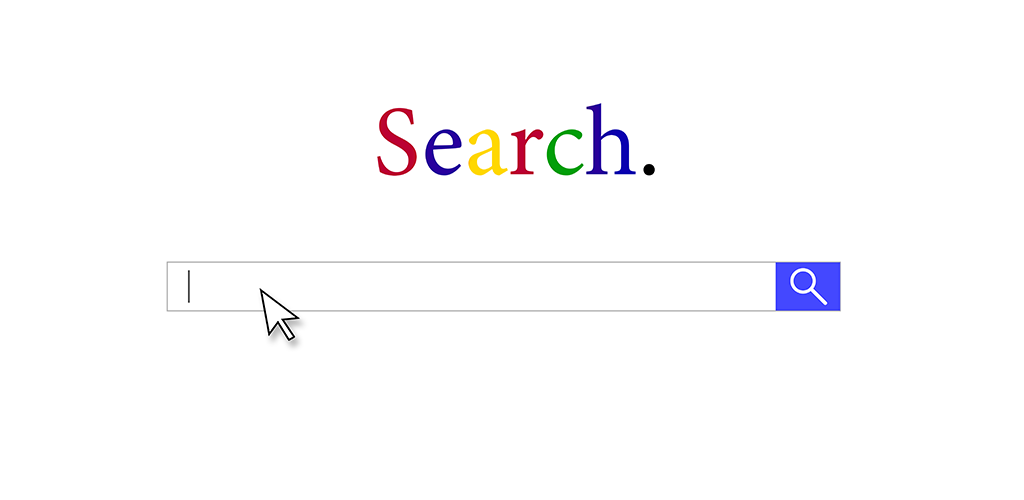A Beginner’s Guide to Marketing Mediums

When Johannes Gutenberg invented the printing press in 1440, he revolutionized the world. In addition to bringing literature and education to a wider audience, Gutenberg paved the way for the rise of marketing as we know it. One of the world’s very first advertisements was released in 1468 when William Caxton, a book publisher, created printed promotions for his latest book release. Since then, advertising has evolved beyond the printed word, although print mediums are still immensely effective for brands to utilize. Thanks to inventions like the telephone, television, and internet, the ways a business can advertise are almost limitless. Take a look at some of the most popular marketing mediums that your brand may choose to use:
- Radio
- Television
- Direct Mail
- Telemarketing
- Search Engine Advertising
- Pay-Per-Click
- Email Promotions
- Social Media

Print is arguably the oldest form of advertising. It was first used in the 1400s, though it didn’t become popular right away. When Benjamin Franklin launched his newspapers in America centuries later, he was one of the first to include ads within their pages. Now, print ads can be found in newspapers and magazines, on billboards, as flyers, and more. Historically, print ads have been the best way to reach varied demographic audiences. However, as far as marketing mediums go, print ads are beginning to lose some of their power as consumers increasingly prefer to consume digital media. That doesn’t mean the medium of print is obsolete, however. It’s an effective method to reach older audiences or demographics who live in areas where internet connections aren’t reliable. In addition, many companies that once specialized in print are migrating to online platforms in addition to print ones. In many cases, these companies publish ads in both a print and digital format, which can increase their overall reach and effectiveness.
Marketing Mediums: Radio

Radio was first used for entertainment purposes in 1906. Less than two decades later, advertisers realized the growing popularity of the medium was a new opportunity for them. Radio advertising started in 1922 when AT&T began to allow businesses to finance a broadcast in exchange for having their brand mentioned on air. Although radio is less popular today than it was in the 1900s, it can still be an incredibly effective tool for marketers. Most radio stations broadcast a specific type of content, such as news or genre music. As such, listeners are usually pre-fragmented into distinct audiences that share similar characteristics. Advertisers can use these similarities to create tailored content for each audience, increasing the overall impact of their marketing campaigns.
Television

Television is one of the most modern marketing mediums. It’s also frequently the most expensive. Preparing advertisements for TV requires a lot of planning and is expected to be high-quality to be successful with audiences. However, television marketing is one of the most powerful methods available to advertisers. It’s estimated that consumers in America watch between four and five hours of television per day, which opens them up to many opportunities to view television ads. If you research what your audience is watching, and when, you can produce highly impactful marketing content aimed right at them. Because television spots are often expensive to purchase, they are most worthwhile for small and medium businesses as part of a wider marketing campaign.
Direct Mail

Direct mail is a unique form of print marketing. In other instances of print advertising, consumers choose to receive the method of print (such as magazine or newspaper subscriptions). Direct mailers are typically sent to audiences regardless of interest. They’re most effective as a form of geographic advertising, when businesses want to reach an audience located in the same area, whether or not those audiences share other similarities. Because of this, there are many critics of direct mail marketing who believe it’s an ineffective stab in the dark. However, a well-done direct mailer can produce strong results for a company. Coupons are just one example of typically-successful direct mail marketing; they inform audiences of a business’ existence, and provide them with a reason to visit its storefront. Because direct mailers are also tangible forms of advertising, they are often more memorable than other, intangible marketing mediums.
Telemarketing

Telemarketing gets a bad rap. Many consumers view it as an invasive method of brand promotion. In addition, many laws have been created to limit the scope of telemarketing, in an effort to protect consumers from spam. Although it isn’t a highly recommended form of marketing for most companies, it can still be pulled off with some degree of success. A unique telemarketing campaign, or one that provides audiences with value (such as a chance to win a prize), may generate enough interest for you to complete your sales pitch and create brand awareness. However, businesses employing telemarketing methods should expect frequent rejections and even outright hostility.
Search Engine Marketing

The invention of the internet paved the way for the most recent revolutions in the advertising industry. Today, search engine marketing is one of the most popular methods for businesses with an online presence to improve their visibility. Search engine marketing blends a variety of paid and unpaid techniques, such as improving SEO and launching content marketing. The main goal of this type of advertising is to encourage search engines to rank links related to a business higher in their results. Search engine marketing is a more passive method of marketing, aimed at targeting algorithms instead of audiences and may not have highly visible results. As such, businesses should be aware that search engine marketing is an important tool but not a flashy one prone to immediate returns on investment.
Pay-Per-Click

The very first banner ad on the internet was published digitally in 1994, on the HotWired website (a former offshoot of Wired Magazine). This advertising creation set the wheels in motion for modern pay-per-click advertising. This method of advertising allows businesses to place an ad online and generate revenue based on how many clicks it receives. Pay-per-click advertising is immensely popular with marketers because it’s easy to use, usually cost-effective, easy to measure, and has the potential to generate lots of interest. However, pay-per-click advertising is beginning to wane in effectiveness thanks to the sheer number of ads inundating the web, desensitizing consumers to them.
Email Promotions

Some studies claim that email promotions are one of the most effective marketing mediums in the world. This is most likely due to email’s ability to create value for and engage with a customer. Email promotions come in the form of newsletters, discount offers, product promotions, contest giveaways, and more. In addition, email promotions are sent to customers who have consented to receive them, indicating that they’re already interested in a brand. Email promotions are great for marketers because they can be tailored to specific audiences and have quantifiable metrics to measure success. They can also be automated, saving advertisers time and money.
Social Media

Some social media platforms, like Facebook and Instagram, have more than a billion followers. Others have hundreds of millions. The massive popularity of social media has provided advertisers a great medium with which to connect to enormous audiences. Social media marketing is a great way for businesses to share news, engage with consumers, and gauge audience interest in a brand or product. Most platforms also allow companies to pay for sponsored ads aimed at a specific demographics, and some even allow businesses to create a storefront directly on the social site. Social media is powerful enough that a brand can run exclusively online marketing campaigns and still enjoy high levels of success, while easily being able to track that success. Any business with an online presence should run some variety of social media account.
Visit Shopivo and stay tuned for exciting news and updates! Sign up for our emails and stay up-to-date on new developments and features.
